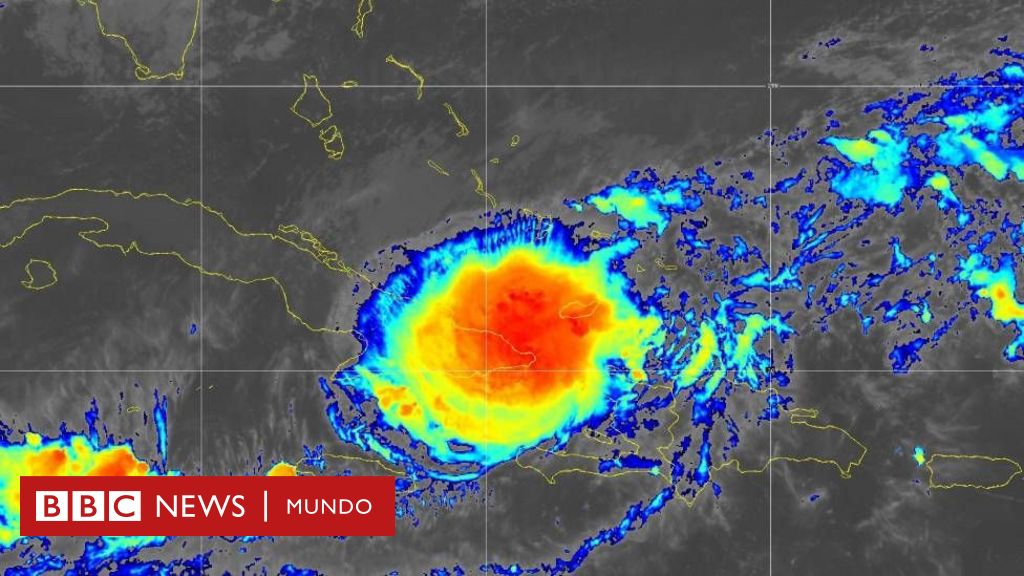Mathematics: Turbulent Journeys | science game

A very long last week’s box, crossed diagonally, can be placed in a cube box of 1 x 1 x 1 m; Even, if we want to rush to the maximum, it will be 90 x 98 x 100 cm.
It is easy to solve the problem of a safe with multiple locks for three partners: in this case, three locks are enough, A, B and C: one of the partners has keys A and B, another from B and C, and a third of these are from A and C; In this way, any pair of partners brings the three keys together and no single partner has them. With four partners, the solution is also not complicated: it will take four locks and each partner will have two keys. How can this security measure be generalized to n partners?
As for the portrait of Portia, in the first case it is in the silver chest and in the second in the golden chest, because they are the only two possibilities that satisfy the specified conditions.
Had Portia been more malicious, she could have shown her suitor two chests, one gold marked “The picture is not here” and the other silver marked “Only one of these is true”, explaining to him that the picture was on one of them. What fund should the suitor choose in this case?
Seems like a simpler puzzle than last week, with similar signs and only two chests, however…
around the earth
Our regular commentator Luca Tanganelli has dusted off an old issue Five weeks in a balloonBy Jules Verne:
“One day Colburn asked him to solve the following problem: Given the number of miles the doctor has traveled around the world, how many more miles has his head traveled than his feet? Or, given how many miles the doctor’s foot and head have traveled, calculate its exact height.”
This problem is a variant of the well-known classic (so much that It even has its own Wikipedia entry): rope rope that surrounds the ground. Let’s recall it in one of its most popular versions:
The Earth’s equator is strapped with a rope, which is perfectly spherical and smooth. Then a one-meter piece is added to the rope and repositioned so that it is at a uniform height above the equator. Separation between the rope and the ground, is it allowed to pass a cat, a mouse, a cockroach … or even an insect cannot slip under the rope?
A less known alternative is the following:
Two strong men pull a rope that runs parallel to the ground at a height of one meter. The tough guys pull away from each other, letting more rope slip through their hands as they walk away without relieving the tension. They are so strong and have so many ropes at their disposal that they end up going around the world (presumably, as in the previous case, the Earth is a soft ball). What about the rope?
And if you’re talking about Fern and orbiting the Earth, you can’t say that Around the world in eighty days And its final unsettling irony: although Phileas Fogg and Passepartout took 80 days, only 79 days have elapsed in London, their point of departure and arrival, how is that possible?
Carlo Frappetti Writer, mathematician, and member of the New York Academy of Sciences. He has published more than 50 popular scientific works for adults, children, and youth, including “Damn physics”, “Damn maths” and “The great game”. He was the screenwriter of “La bola de cristal”.
You can follow Thing On Facebook social networking siteAnd the Twitter e Instagram, or sign up here to receive Weekly newsletter.

“Award-winning zombie scholar. Music practitioner. Food expert. Troublemaker.”


/cloudfront-eu-central-1.images.arcpublishing.com/prisa/AHVYMMDSTZDTDBFNZ3LMFUOKNE.jpg)








